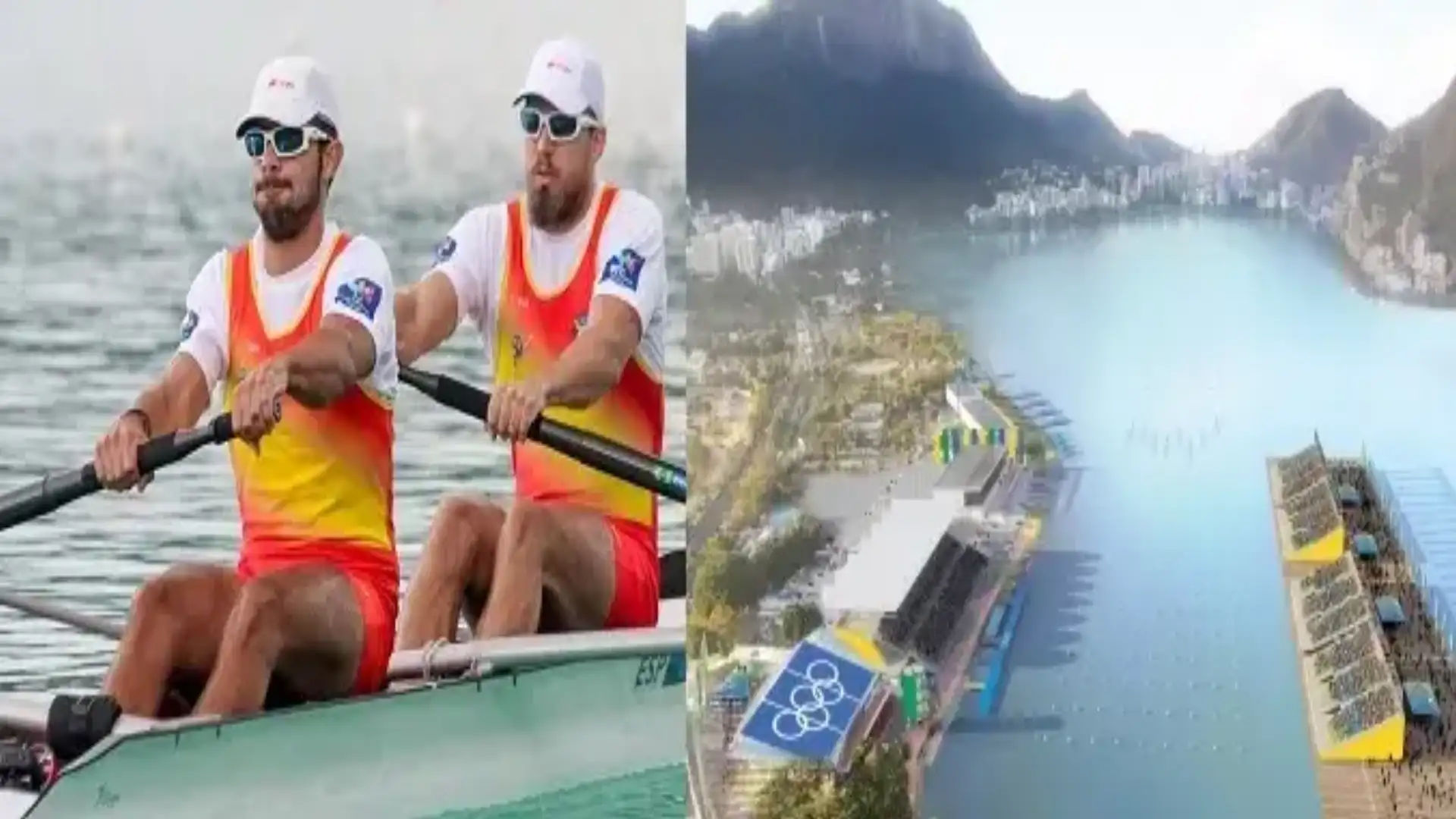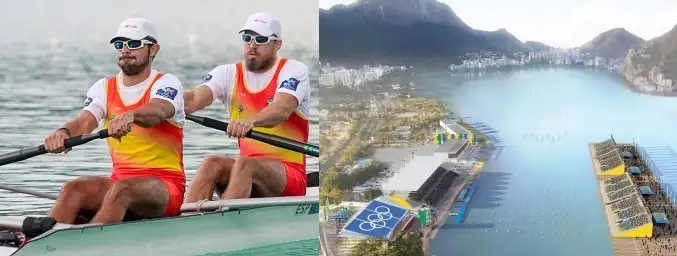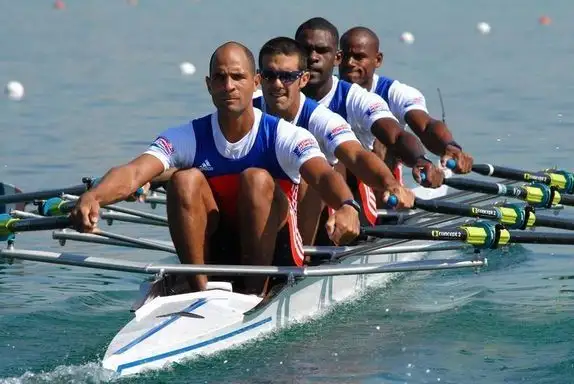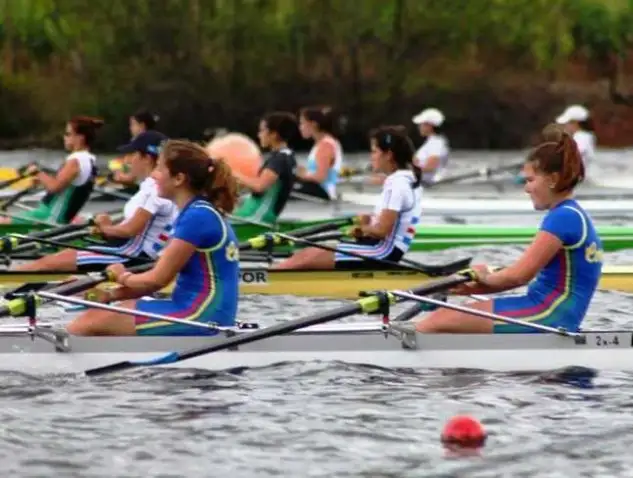
The rowing in Rio 2016.
The rowing in Rio 2016.
The rowing is a sport that has been being practiced since in Egypt, in the Antigüo, the remers of the Nile River fought with each other to be present in the funeral court of Pharaoh, although the modern beginning of the rowing takes place in 1715, when a race was held on the Thames River, in London, which was organized by Thomas Doggett, and a century later, Oxford and Cambridge, began a time of competition races. Since then, the rowing has gradually evolved, adapting to new materials. The creation of the international rowing federation (FISA) dates back to 1892, and is on the Olympic calendar since Paris 1900, although women did not start to be part of it until 1976, in Montreal.
The Spanish rowing has never been a world reference, and in the entire history of the Olympic Games, Spain has only achieved a medal, which was the silver obtained by Fernando Citation and Luís María Lasurtegui in the Light Double Scull (LM2x), which was won in Los Angeles 1984. In London 2012, 14 trials were held. 8 males and 6 females, and will be the same tests as at the Rio Olympic Games. You can see the 14 tests below, divided by the male of the female:
Male
- Individual ScullorSkiif (M1x)
- Double Scull (M2x)
- Quadruple Scull (M4x)
- Two without thymonel (M2-)
- 4 without thymonel (M4-)
- 8 with thymonel (M8 +)
- Double Scull light (LM2x)
- 4 without light thymonel (LM4-)
Women
- Individual ScullorSkiif (W1x)
- Double Scull (W2x)
- Quadruple Scull (W4x)
- Two without thymonel (W2-)
- 8 with timonel (W2-)
- Double Scull light (LW2x)
Form of competition in Rio 2016
All the tests begin with the series where all the boats participate. After the series, a refishing is made, which serves to make the remers have a second option to qualify for the next round. Depending on the class where they compete, there are more rounds before reaching the final. For example, in the Skiff, after the series there are the rooms, the semi-finals and the final, although in the 8 with timonel, after the series there is only the final. In 7 of the 14 tests, after the series there are semifinals, in 5 there are final, and in 2 there are rooms. It must be said, there are several endings in the rowing, depending on the number of participants. The endings have letters A, B, C, D, E... and so until all the participants are grouped. In each end there must be at least 6 boats, but only medals will be given in the final A. In the case of the skiff, the semifinals are also with letters, to access the final A, and to access the final C, although it is quite complex to explain.
http: / / jjoorio2016.blogspot.com.es / 2013 / 08 / remote-en-rio-2016.html
© 2024 Nautica Digital Europe - www.nauticadigital.eu















